Dubai’s luxury real estate market faces an unprecedented challenge: how to maintain opulent aesthetics while achieving true carbon neutrality. As global climate commitments tighten and the UAE’s Net Zero by 2050 initiative gains momentum, property developers and homeowners are discovering that traditional luxury design practices are becoming environmentally and economically unsustainable. The solution lies not in compromising on elegance, but in reimagining what luxury means through innovative green materials and energy-efficient technologies that deliver both environmental responsibility and unparalleled sophistication.
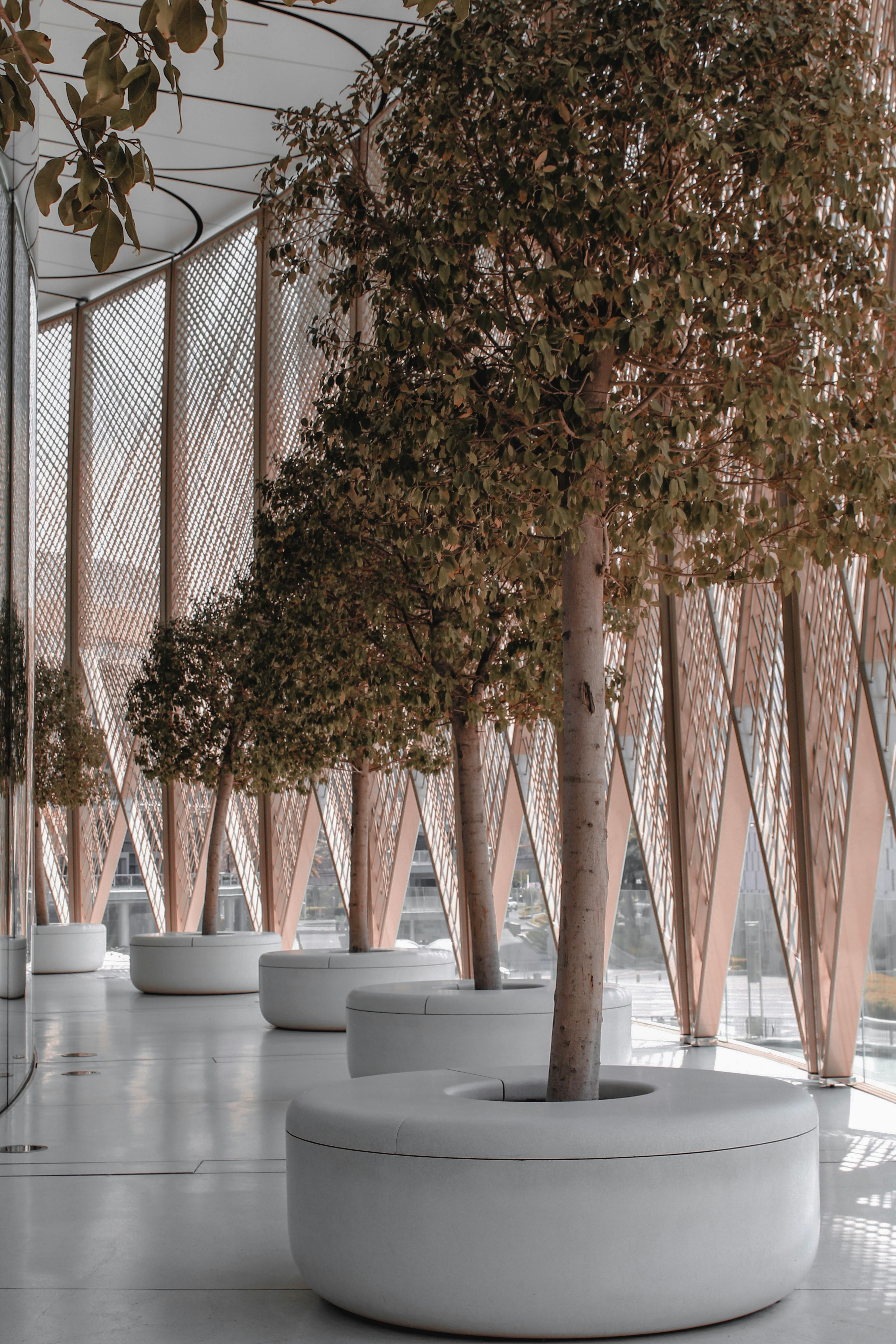
This Photo was taken by Dina.
Dubai’s carbon-neutral design revolution starts now
The transformation of Dubai’s interior design landscape represents more than an environmental trend—it’s a fundamental shift toward a new definition of luxury. By 2025, carbon-neutral interior design has evolved from a niche concept to an essential requirement for premium properties across the emirate.
Net-zero luxury spaces operate on a simple yet revolutionary principle: they produce as much clean energy as they consume while maintaining the highest standards of comfort and aesthetic appeal. This balance requires sophisticated integration of renewable energy systems, advanced building materials, and smart technologies that work seamlessly behind the scenes.
The UAE’s commitment to sustainability, backed by investments exceeding AED 600 billion in clean energy projects, has created an ecosystem where sustainable materials sourcing has become both accessible and economically viable for luxury developments.
Understanding the net-zero framework
Carbon-neutral interior design encompasses three critical components: energy efficiency, renewable energy integration, and carbon offset strategies. Each element must work in harmony to create spaces that not only reduce environmental impact but actively contribute to climate solutions.
| Component | Impact Reduction | Investment Range (AED) | Payback Period |
|---|---|---|---|
| Smart HVAC Systems | 40-60% | 150,000-300,000 | 3-5 years |
| LED Lighting Integration | 70-80% | 50,000-120,000 | 2-3 years |
| Solar Integration | 80-100% | 200,000-500,000 | 4-7 years |
| Green Material Selection | 30-50% | 100,000-250,000 | 5-8 years |
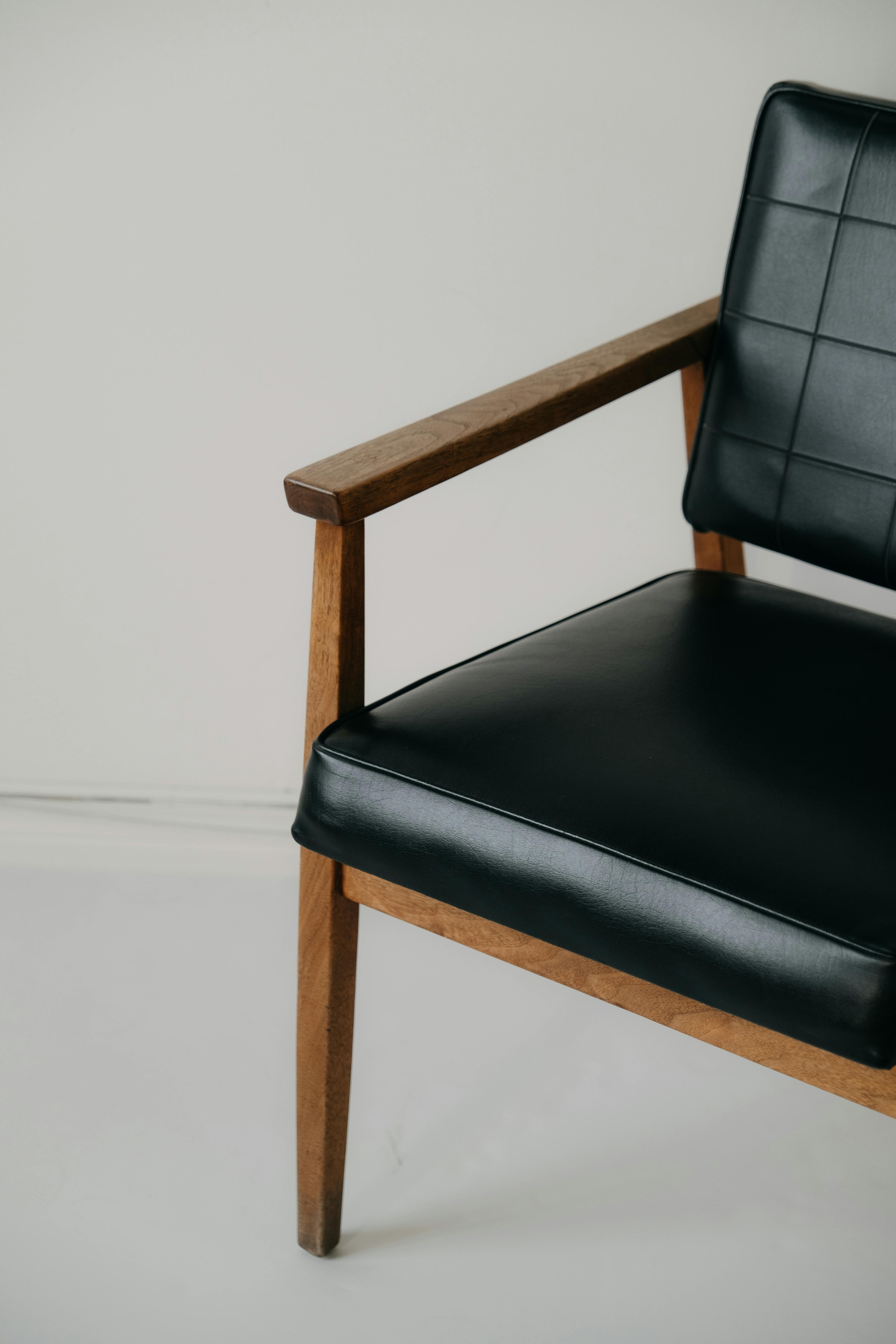
This Photo was taken by Mathilde Langevin.
Revolutionary green materials reshaping luxury aesthetics
The misconception that sustainable materials compromise visual appeal has been thoroughly debunked by innovations emerging from research centers worldwide. Today’s eco-luxury materials offer superior performance characteristics while maintaining the refined aesthetics demanded by Dubai’s discerning clientele.
Next-generation sustainable finishes
Bio-based composites derived from agricultural waste now rival traditional marble in both durability and appearance. These materials, developed through advanced manufacturing processes, capture carbon during production rather than releasing it. Companies like Ecovative have pioneered mycelium-based materials that grow into custom shapes, offering unlimited design flexibility.
Recycled glass surfaces, enhanced with advanced coating technologies, provide scratch resistance exceeding that of natural stone while incorporating up to 95% post-consumer content. These surfaces maintain their luster for decades, reducing replacement cycles and long-term environmental impact.
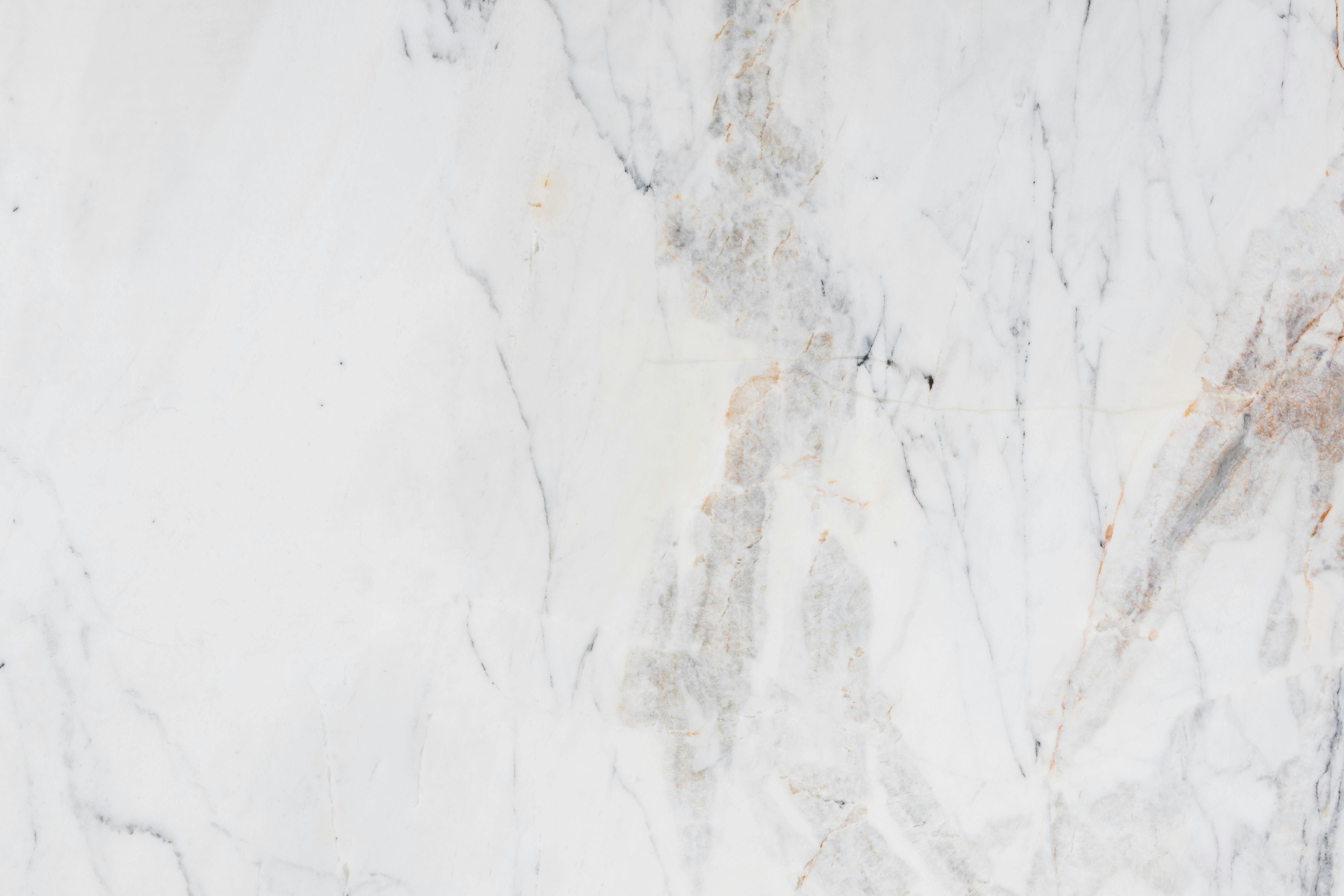
This Photo was taken by Karola G.
Advanced textile innovations
The textile industry has undergone a remarkable transformation, with luxury fabrics now produced from innovative sources including orange peels, pineapple leaves, and lab-grown materials. These bio-fabricated textiles offer superior performance in Dubai’s climate while maintaining the tactile quality expected in premium interiors.
According to the Ellen MacArthur Foundation, circular design principles in textile production can reduce carbon emissions by up to 44% compared to traditional manufacturing methods.
Performance comparison of sustainable textiles
- Piñatex (pineapple leather): 95% lower carbon footprint than animal leather
- Econyl (regenerated nylon): 90% reduction in global warming potential
- Tencel (wood-based fiber): 50% less water consumption during production
- Hemp-silk blends: Natural antimicrobial properties ideal for Dubai’s climate
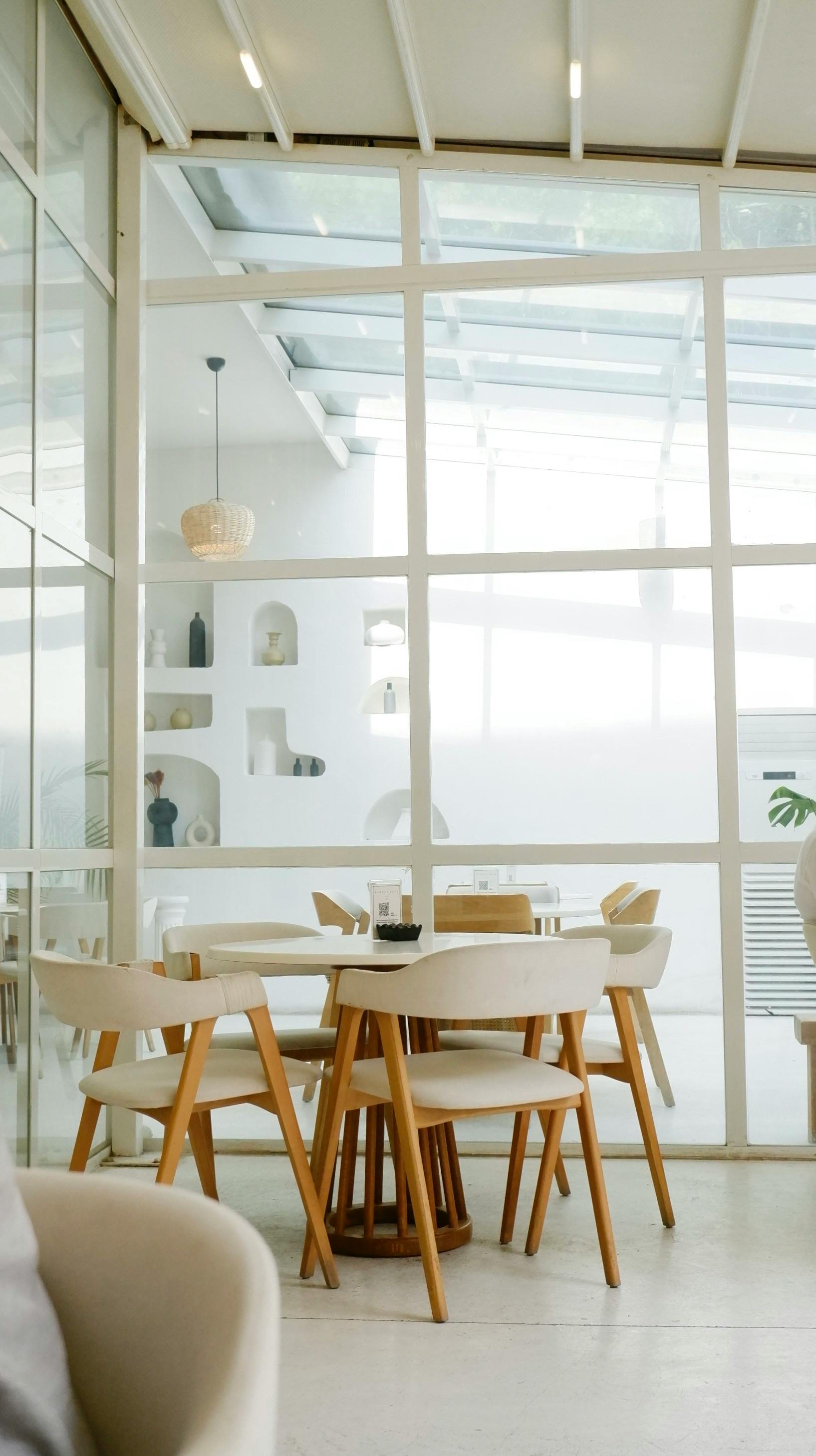
This Photo was taken by Betül Ataç.
Energy-efficient technologies powering luxury comfort
The integration of energy-efficient systems in luxury spaces requires sophisticated engineering that maintains comfort while minimizing consumption. Modern Dubai residences achieve this balance through layered approaches that combine passive design strategies with active technology solutions.
Smart climate control systems
Advanced HVAC systems utilize predictive algorithms that learn occupancy patterns and adjust temperature zones accordingly. These systems, when properly integrated with building management platforms, can reduce energy consumption by up to 60% while maintaining optimal comfort levels throughout the space.
Geothermal cooling systems, adapted for Dubai’s unique geological conditions, provide consistent temperature control using the earth’s natural thermal properties. While initial installation costs are higher, these systems operate with 400% greater efficiency than traditional air conditioning units.
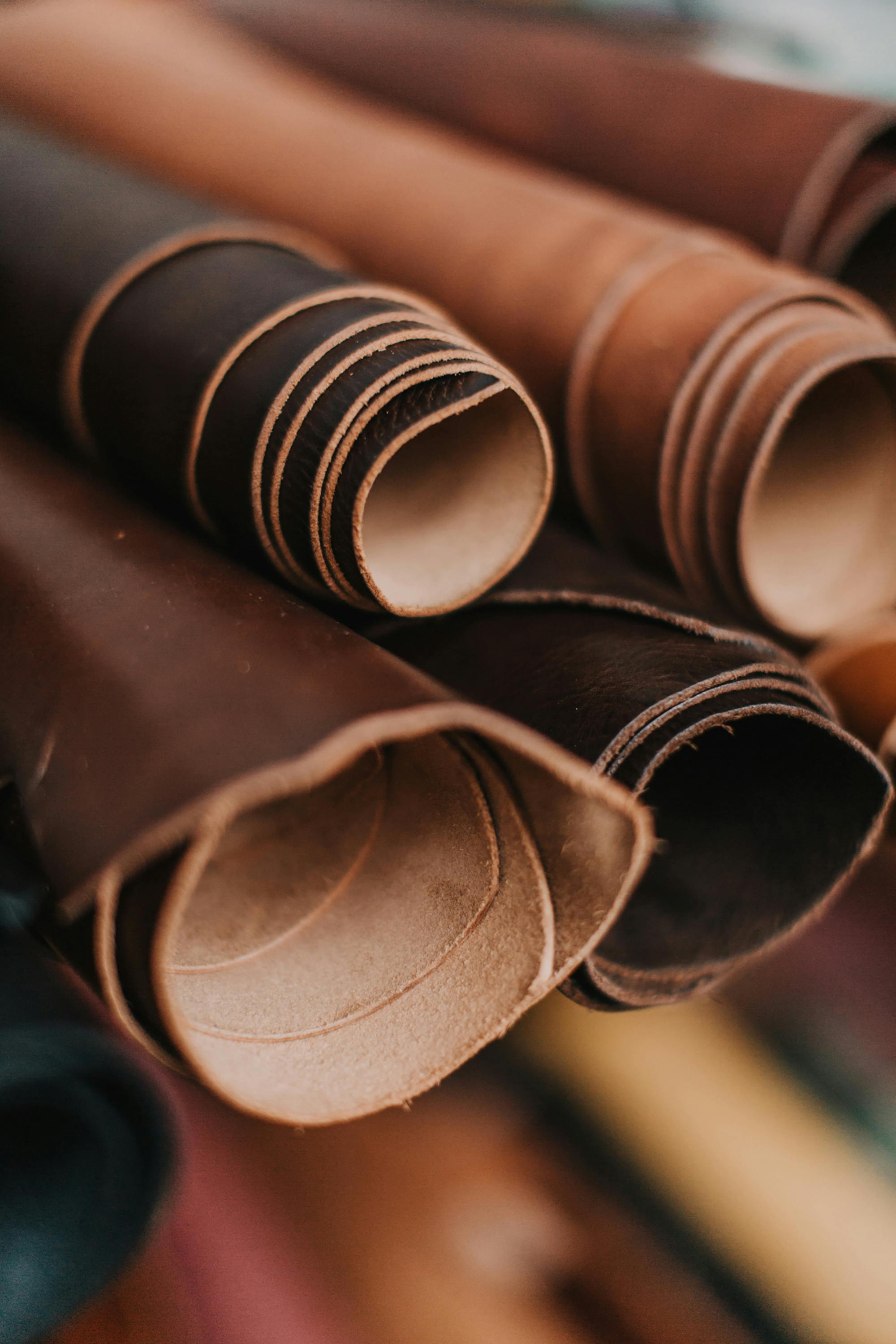
This Photo was taken by Vlada Karpovich.
Integrated renewable energy solutions
The integration of solar-powered interior design systems has evolved beyond simple rooftop installations. Building-integrated photovoltaics (BIPV) now serve dual functions as architectural elements and energy generators, seamlessly blending into facades and interior features.
Energy storage systems utilizing advanced lithium-iron-phosphate batteries ensure continuous power supply while participating in grid stabilization programs. These systems can store excess solar energy during